Quiz: Airspace classifications and rules
Flight Training Central
MARCH 10, 2025
Each class of airspace is depicted with unique markings on the sectional chart and different VFR weather minimums and equipment requirements. To operate in Class D airspace, you must: Be in contact with ATC and have a clearance to enter. VOR/DME must complete an online course covering flight operations in the D.C.

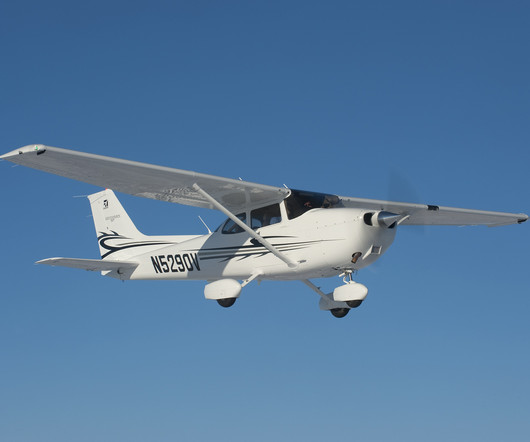



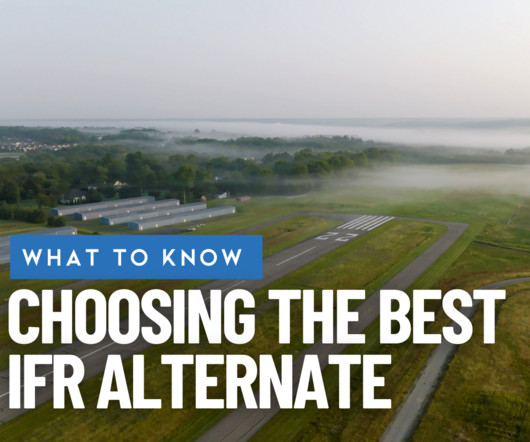

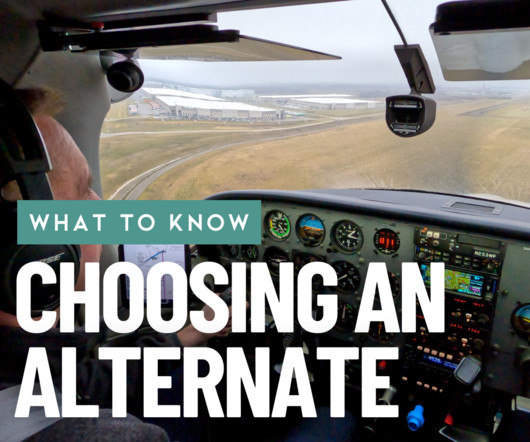











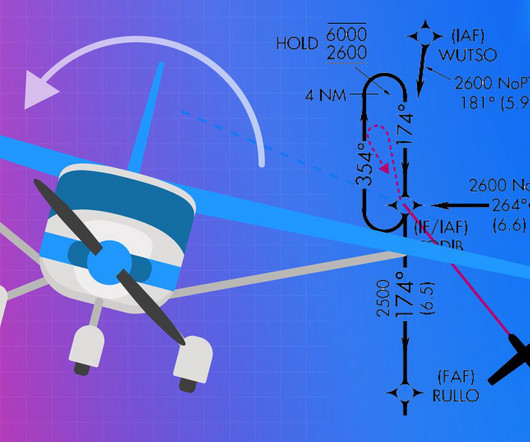



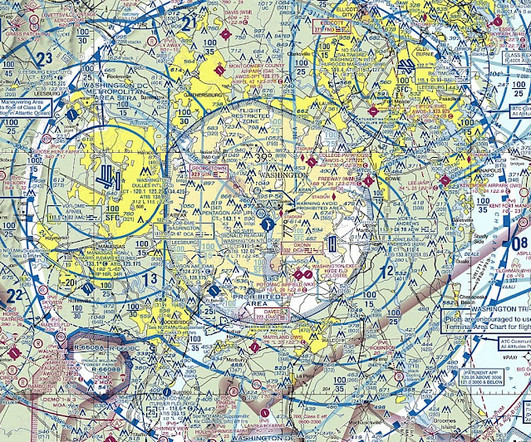


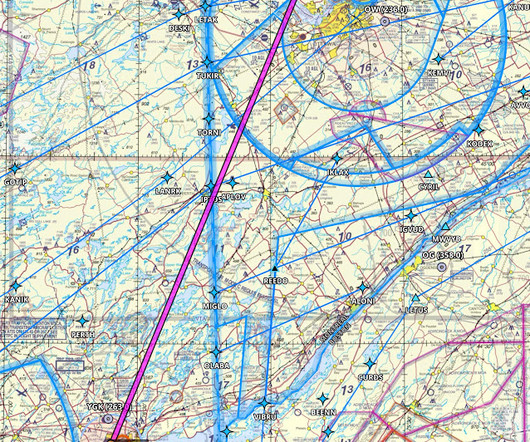

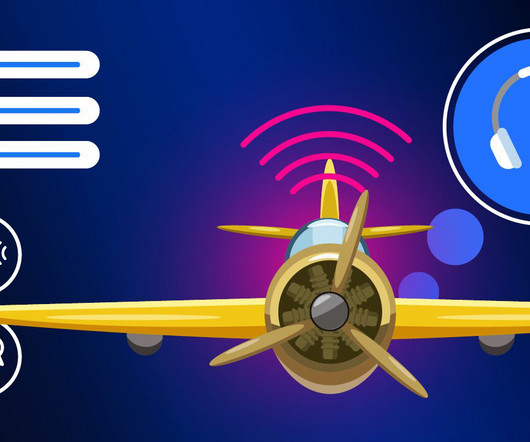
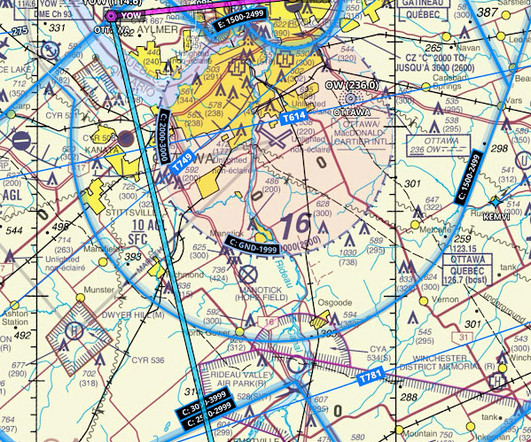












Let's personalize your content